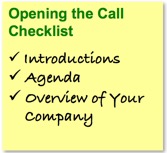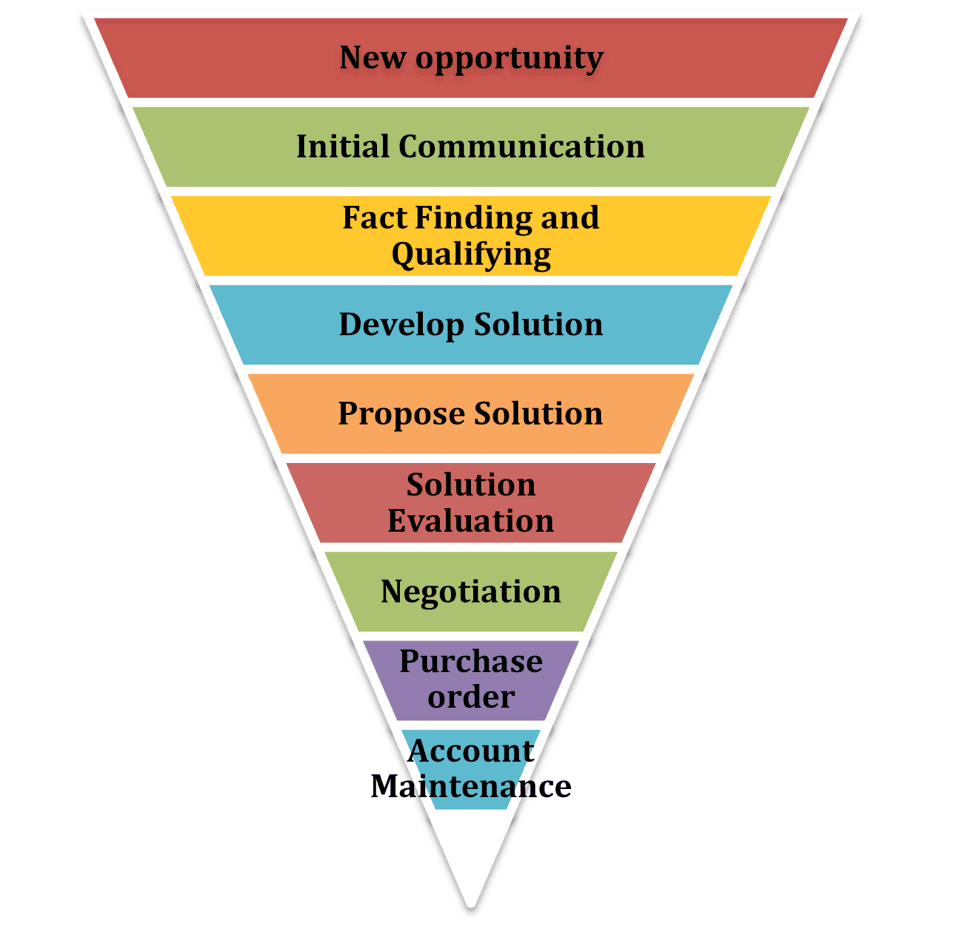What is an opening? It is a starting place, you are planting seeds to grow the relationship.
There are many benefits of preparing for opening a sales call. Above all, it improves your chances of closing the deal. Through this practice, you become better prepared to deal with objections, answer questions and ensure you cover key points during your opening sales call. As much as you should take the time to ask questions and learn about the consumer, take as much time to listen to what they are saying. Listening allows you to fully understand their needs and company goals. This preparation also helps you formulate your own questions about their company that relate to your product or service. By preparing, you are learning more about your customer/prospect and this will help you offer a sincere and engaging solution to their problem. All of this helps to improve your confidence. Successful salespeople prepare for their opening sales calls and almost all other sales meetings and demonstrate the above traits.
You have to “let go” of the pressure you face from yourself and from your management for making the sale and you must focus on possibilities and solving clients problems, rather than meeting a quota.
Benefits of a Positive Opening Sales Call
- Forces you to be prepared
- Positions you as a credible expert; someone prospects want to do business with!
- You are now focused on possibilities rather than pushing to meet a quota
- This also sets the tone for enabling you to discuss your “biggest competitor,” which is aversion to change.
Related Article:
Stop Pitching and Start Solving Clients’ Business Problems
“If you want to be successful, it’s just this simple. Know what you are doing. Love what you are doing. And believe in what you are doing.”
– Will Rogers








 Let’s quickly review the sales process. First, you spend time prospecting and identifying qualified leads. Next, do your homework and convince the prospect to meet with you. Now, you are about to meet face-to-face with this prospect.
Let’s quickly review the sales process. First, you spend time prospecting and identifying qualified leads. Next, do your homework and convince the prospect to meet with you. Now, you are about to meet face-to-face with this prospect.
